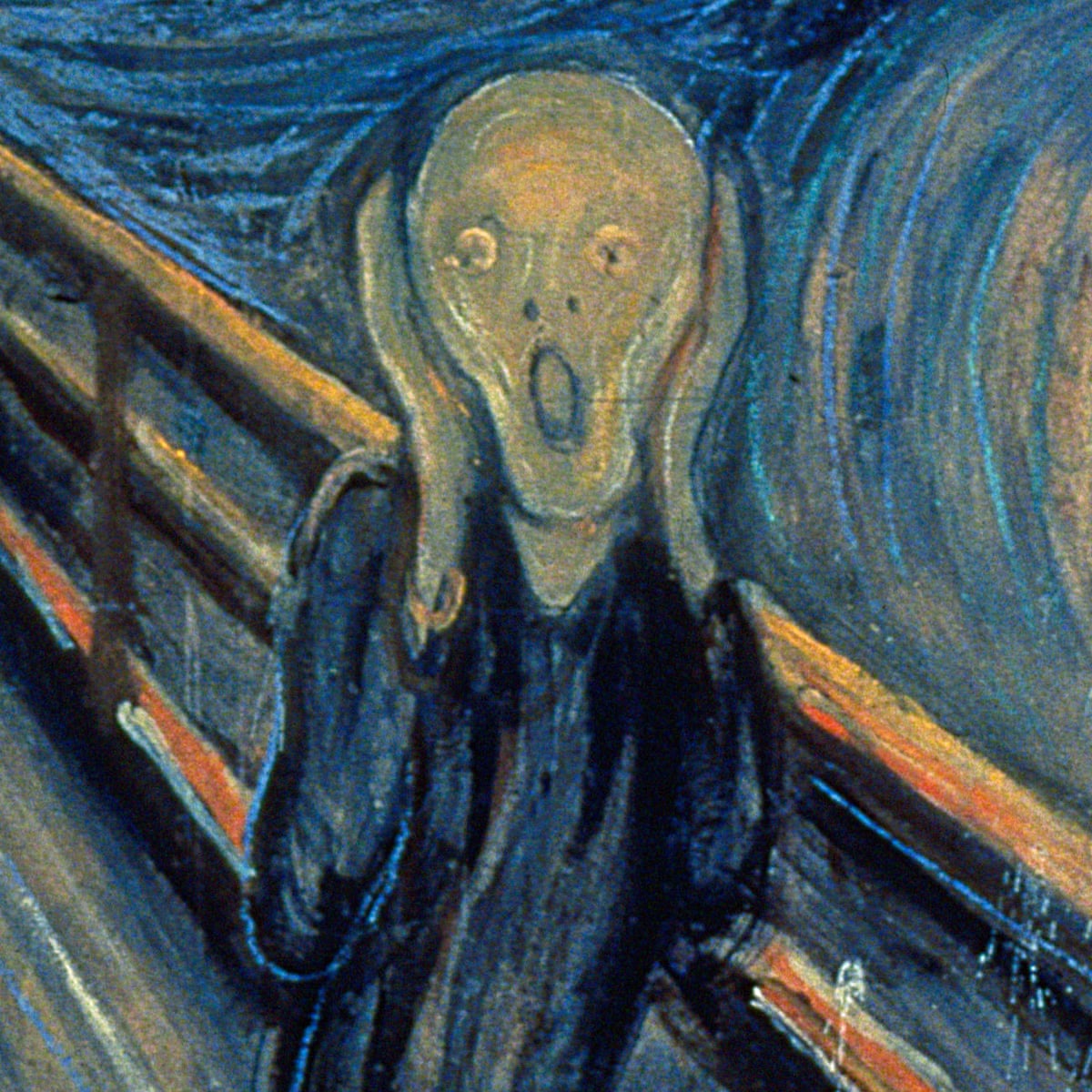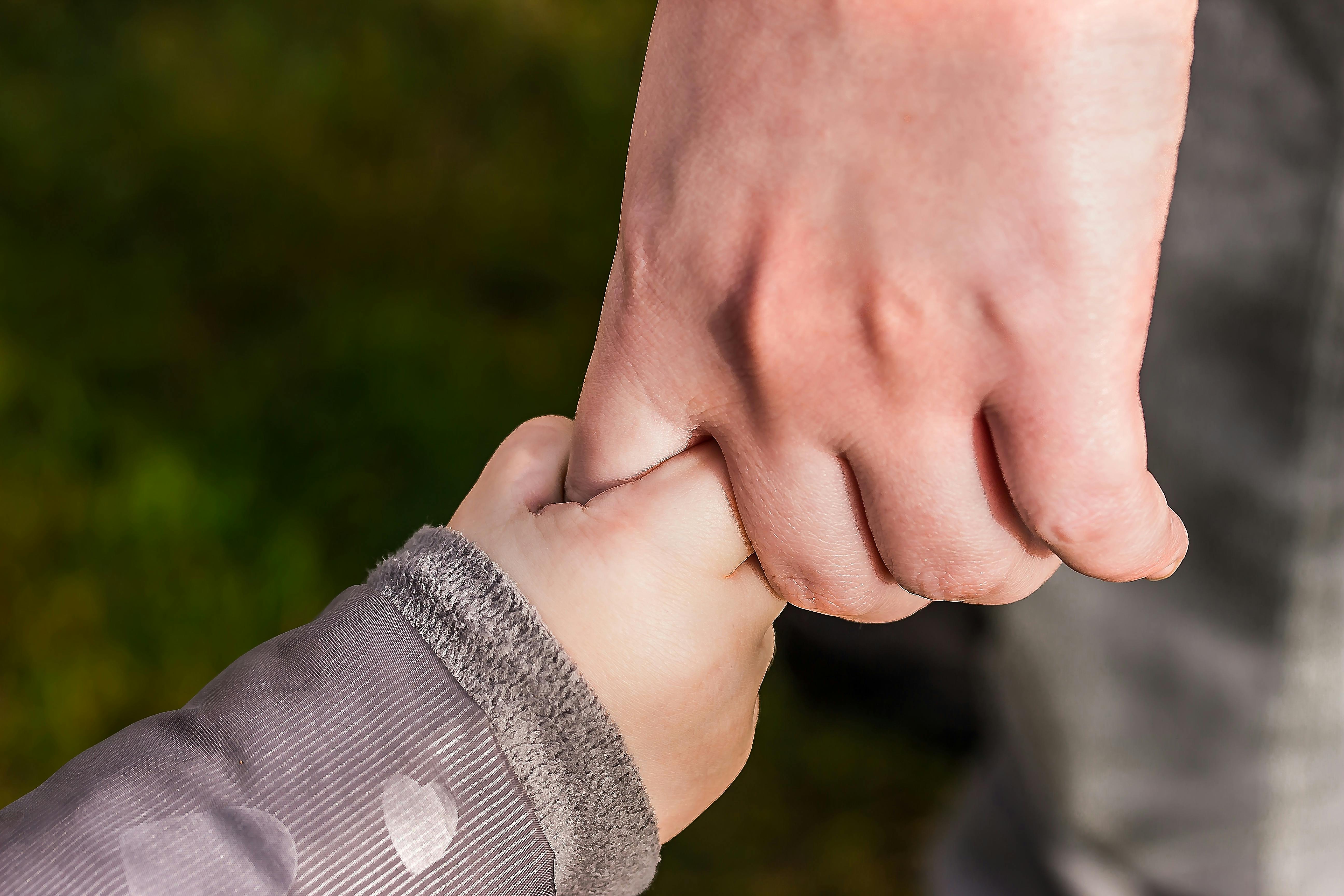Is it possible for ordinary people to go mad because of major life events? - Answering Through a Book Review: Models of Madness
Definition of Madness for This Text
First things first; defining and
even using the words of madness is a very controversial and sensitive issue.
Since it is not an observable fact, but an attribution made by others, its
definition contains subjectivity more than objectivity. That is why it
deserves a separate title for in-depth discussion requiring a lot of readings
from different disciplines and perspectives. So, without further ado, let's
talk about madness as the way articles generally consider and as the way the
book considers. Both in scientific
articles and blog-style conversations, madness is generally processed as
being psychotic. Indeed, the question that is asked about going crazy is mainly
deriving from the curiosity regarding the symptoms that I mentioned above and
those are the features of psychosis.
Psychosis
Shortly put, psychosis means losing
touch with reality. In an acute psychotic episode, the person may seem like he
is off to the world, but it is not limited to it. The person becomes on to another world with another reality formed by himself. This reality is unique to
him only. So much so that there has figures that only he can see, voices that
only he can hear (hallucinations). The person may try to interact with the outer world but
what is going on in his self-formed reality may distract him to do it. Collecting his thoughts becomes difficult. This
is easy to spot in his disorganized speech characterized by rapid jumps from
subject to subject, irrelevant answers to questions, or incoherent usage of
words. Some may even develop new words (neologism) that no one but him and
figures of his reality can understand. Some may have bizarre thoughts that
are not supported by external evidence at all, but they continue to strongly
believe them and maybe act upon them(delusions).
Psychosis is not a separate illness though. It is recognized as a symptom of a variety of mental disorders. In addition to the psychotic disorders, it may also accompany a different spectrum of mental disorders as a specifier factor for diagnosis (e.g. major depression with psychotic features). Yet, psychosis often calls to mind schizophrenia since it is the most well-known and common among psychotic disorders and psychosis is its core feature. As you might know, the etiology of schizophrenia is explained through mainly biological models with an emphasis on heritability which leads to assuming that person without a family history of schizophrenia or psychotic disorders is far less likely to be psychotic only because bad things happen to him. Yet, if there are examples of it, how could it be explained? And is psychosis really more about biology than what a person is going through in his life?
Models of Madness – Reconsidering Schizophrenia – A Book Review
If you have ever encountered a couple of texts about schizophrenia in either pathology lecture books or
articles or blog writings, you’ve been probably realized that its hereditary
base is stated at the very beginning of the texts. This information has been
presented on the top as the most basic thing about schizophrenia and as real as
two times two-four. Mostly, this statement contains the "twin studies
showed that ..." part. So, they indicate that it is scientifically proved,
no need for worry to accept it. Because I've seen this many times and I accepted
it, what this book suggesting is quite strange to me and I assume for you too. Then,
let’s look at how authors explain their view.
Authors give examples from a variety of studies as counter-evidence to the medical model and point the shortcomings of existing literature supporting hereditary bases of schizophrenia. I will only write briefly about their critique of the methodology of twin studies since I was believing that twin studies are the most trustful and basic experiments to analyze gene effects on people’s traits and behaviors. That is why I wonder how they opposed them.
Firstly, they criticize the assumption
behind the twin studies. Authors state that assuming that the effect of a shared
environment will be the same for identical and fraternal twins lacks evidence. To put it more clearly, identical twins have more in common genetically as you know. This brings about a logical but neglected possibility proposing that greater genetic similarity cause greater environmental similarity which possibly put mono and dizygotic twins into different places. Yet, twin studies don't take it into account and accept right away that twins will have a statistically comparable environment effect regardless of being mono or fraternal. Authors draw attention to this differential effect by giving examples from studies that offer evidence that identical twins have a higher
probability to have identity confusion (p. 69)[i].
Although there is not any scientific support for equal environment assumption in mono and dizygotic comparisons, persistent beliefs in these experiments
caused to have a lot of studies in literature whose conclusion has question
marks at the very basis. Then, you may ask like me, what about adoption
studies?
First: The definitions of schizophrenia and spectrum disorders are not made clear and differ between studies. Studies include not only schizophrenia but also non-psychotic schizophrenia spectrum disorders. Some also include manic depression, bipolar psychosis, depressive psychosis, and some studies do not reveal significant results when only schizophrenia is evaluated. For example, one study had 65 biological relatives with a spectrum disorder but no chronic schizophrenia diagnosis among[ii]; in another, only 1 child was diagnosed with schizophrenia among 76 adopted children whose parents have spectrum disorder.[iii] However, since the study was conducted in a broad spectrum, all these data are also included, and it has reached the conclusion that schizophrenia is genetically based.
Second: Despite its importance in a study analyzing the gene-environment effect, no adequate information has been provided in terms of the adoption process of the children, their status and age when they were adopted, the conditions of their new family and environment.
How Model of Madness is relevant to the question at issue?
The first sentence of the above part
shows the relevance, actually. I put it there, in case you don’t have much time
to read it all. The book’s title is madness and the content is about psychotic
symptoms of schizophrenia so it captures what we wonder about at the beginning.
Book’s main point is that what we called as schizophrenics are people
experiencing psychosis because of adverse, traumatic life events. Therefore, the answer to the question is yes, and it has already happened to millions of people
worldwide.
Authors firstly give examples
from studies considering the history of childhood abuse among inpatient individuals
with any kind of mental illness (p. 226-239). It is reported based on the
existing literature, men and women mental health inpatients are at least twice
as likely as men and women, in general, to have suffered child abuse. In terms of
schizophrenia, they mention one study found that 35% of schizophrenic
outpatients suffered from emotional abuse, %42 physical neglect, and 73% emotional
neglect.[iv]
Furthermore, the authors offer evidence from studies that showed a higher rate of child
sexual abuse among schizophrenic women (%78) than other disorders including panic
disorder (26%), anxiety disorder (30%), and major depressive disorder (42%).[v]
Additionally, authors share studies showing that the variety and severity of
schizophrenia symptoms differ according to the existence of childhood abuse as evidence to indicate that symptoms are more related to trauma than genes. For
example, they present studies that found out adult patients who have suffered abuse
are more likely to hallucinate than non-abused. Even the type of hallucinations
(visual, commenting voice, auditory or tactile) varies according to the type of
the abuse (physical, sexual, emotional). Likewise, the fact that the content of
hallucinations and delusions are shaped by themes and figures of traumas is
presented to draw attention to the effect of life events in the formation of
symptoms. To sum up, they support the importance of social and psychological
factors in "madness" with many striking data. Thus, they want us to
reconsider biology-based explanations of any kind of serious mental problems,
schizophrenia in particular.
What about traumas experienced in adulthood?
The book also provides examples
of research for adulthood traumas and symptoms of schizophrenia. For example, a study conducted with 409 female inpatients showed a significant correlation
between sexual assault in adulthood and the diagnosis of schizophrenia is
mentioned.[vi]
They also analyzed adulthood traumas in the context of childhood abuse
survivors. It is underlined that a higher probability of child abuse survivors experiencing traumas in adulthood and a higher probability that trauma faced in adulthood acts as a trigger to earlier trauma and causes psychotic
symptoms.
Furthermore, the authors analyze the
differences in the prevalence of schizophrenia across poverty, urbanization, and
gender (p.161- 177). They point out a variety of studies found out significantly
and a strikingly higher probability of poor people from lower social classes being diagnosed with schizophrenia. The same risk is presented for people living in urban
areas. It is asked to readers why and how a genetically base disease differs
that much grossly across different living conditions.
Authors offer causes related to
socially constructed gender roles to explain why men have an earlier onset of
schizophrenia than women have. They highlight the varying stressors for
genders. Symptoms in men generally erupt during the late adolescence period in
which they are trying to gain freedom and struggling with others while doing
so. When it comes to women, symptoms of schizophrenia often emerge in periods
in which they face major life events like having children and in periods that they have family conflicts. Gender differences are not
limited to onset. The prognosis of schizophrenia also differs across gender.
Men are more likely to experience more serious symptoms. One explanation for this is made through
differences among parental support towards men and women. Parents tend to be
more supportive and protective of their daughters. On the other hand, because gender roles for men demand them to be self-sufficient and emotionally stable,
tolerance to men's schizophrenic symptoms is less than the tolerance that is
shown to daughters; that is, lack of social and family support worsens males’
condition.
All these are evaluated as
evidence of the strong influence of adverse life events and poor social and
economic living conditions to develop schizophrenia symptoms. But this is not something
for us to fear by thinking that someday I might go crazy too. On the contrary,
associating symptoms of schizophrenia with life events gives hope for
recovery that the medical model could not. Don't you think that telling, "these
symptoms are your body's reactions to what you've been through" sounds a
lot better than telling "everything results of a disease written in your
gene and a disease born with you.”?
Therefore, based on the Models of Madness, at least, we know that the authors’ answer to our question would
be yes. I don’t know whether their arguments are convinced you to believe that schizophrenia
(psychosis in particular) has emerged from psycho-social factors, yet, I have to
say that here I tried to talk about the book in the shortest possible way. The
book is about 400 pages and the first part is only devoted to medical model
criticism and the second part to psycho-social modeling of schizophrenia and the third part to evidence-based psychosocial interventions and all include a huge
number of findings from scientific articles. Therefore, before you conclude that the theory of
the book is not supported enough or brilliant, keep in mind that it has much more than I
can talk about here. So, I highly recommend you to read this book before making a judgment. Also, in case you want to look at the studies that I choose
from the book, I put their references below.
Lastly, I plan to continue to try
giving answers to the question of “Is it possible to go mad because of life
events?” through one or two sources from different points of view and with
different examples. I hope you enjoyed it and will enjoy more.
[i] Jackson,
Don D. (Ed). (1960). The etiology of schizophrenia, Oxford, England: Basic
Books, 37-87.
[ii] Kety, S. S., Rosenthal, D., Wender,
P. H., & Schulsinger, F. (1968). The types and prevalence
of mental illness in the biological and adoptive families of adopted
schizophrenics. Journal of Psychiatric Research, 6, 345-362.
doi:10.1016/0022-3956(68)90026-5
[iii] Rosenthal, D., Wender, P. H., Kety,
S. S., Welner, J., & Schulsinger, F. (1971). The
Adopted-Away Offspring of Schizophrenics. American Journal of Psychiatry,
128(3), 307-311. doi:10.1176/ajp.128.3.307
[iv] Holowka,
D. W., King, S., Saheb, D., Pukall, M., & Brunet, A. (2003). Childhood
abuse and dissociative symptoms in adult schizophrenia. Schizophrenia Research,
60(1), 87-90. doi:10.1016/s0920-9964(02)00296-7
[v] Friedman,
S., Smith, L., Fogel, D., Paradis, C., Viswanathan, R., Ackerman, R., &
Trappler, B. (2002). The incidence and influence of early traumatic life events
in patients with panic disorder: A comparison with other psychiatric
outpatients. Journal of Anxiety Disorders, 16(3), 259-272.
doi:10.1016/s0887-6185(02)00097-x
[vi] Cloitre,
M., Tardiff, K., Marzuk, P. M., Leon, A. C., & Portera, L. (1996).
Childhood abuse and subsequent sexual assault among female inpatients. Journal
of Traumatic Stress, 9(3), 473-482. doi:10.1002/jts.2490090306




Comments
Post a Comment